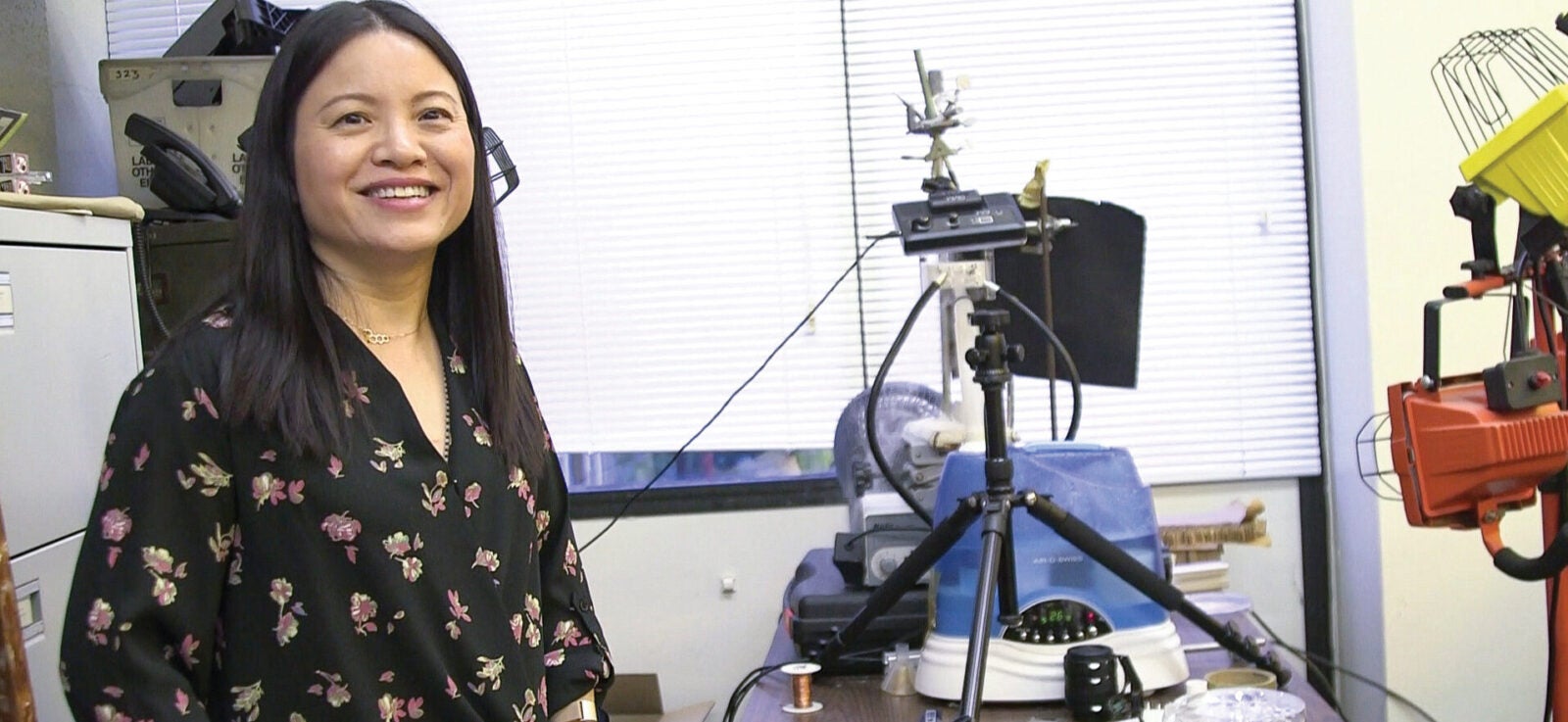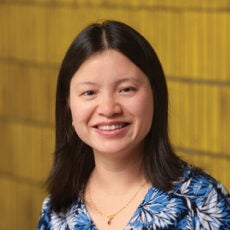Humidity Responsive, Water Harvesting and Self-Cooling Building Envelopes
The design of new lightweight and environmentally responsive building envelopes and technologies is crucial for energy saving and CO2 emission reduction. Although windows have long used simple dynamic components – shades and blinds – they have barely begun to tap the potential of sophisticated control and response strategies, in part because the related materials are conceived as static elements Meanwhile, the demand for water has grown at twice the rate of the population in the last century. Nearly a quarter of the population faces economic water shortages, not only in arid regions but also in regions with low rainfall despite high humidity. Therefore, it will be highly desirable that new engineering design concepts and materials for building envelopes could significantly reduce the dependence on municipal infrastructure through, for example, minimizing freshwater consumption or can promote self-heating-cooling-ventilating by integrating novel materials that can efficiently collect freshwater.
This project will develop a concept of creating humidity responsive, self-cooling building envelopes by harvesting the dew water in the early morning and later releasing it via evaporation due to a change of relative humidity (RH) locally or if there is excess solar gain. If successful, these dynamic building envelopes will reduce pressure on municipal infrastructure for freshwater consumption and storage. It will also reduce electricity usage and greenhouse gas emissions for heating and cooling.
Grant Result
In the heavily regulated building sector, innovative materials face a major disadvantage: building codes. For this reason, and because climate change can’t wait, Shu Yang is using approved materials in new ways to bring her self-cooling building skins to market.
Read the Spotlight
Shu Yang
Professor of Materials Science and EngineeringShu Yang is a professor of materials science and engineering and a professor of chemical and biomolecular engineering in the School of Engineering and Applied Science.

